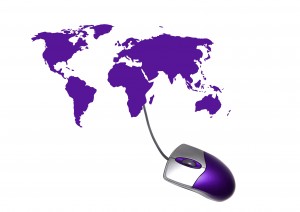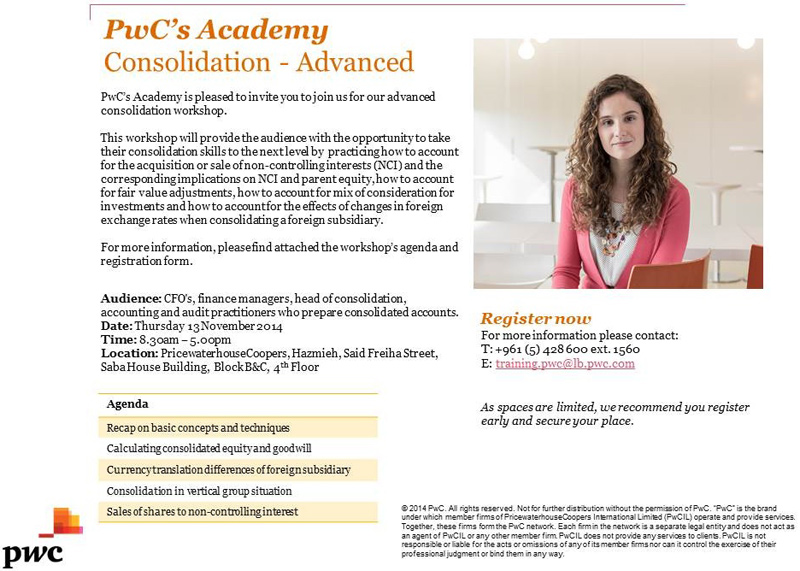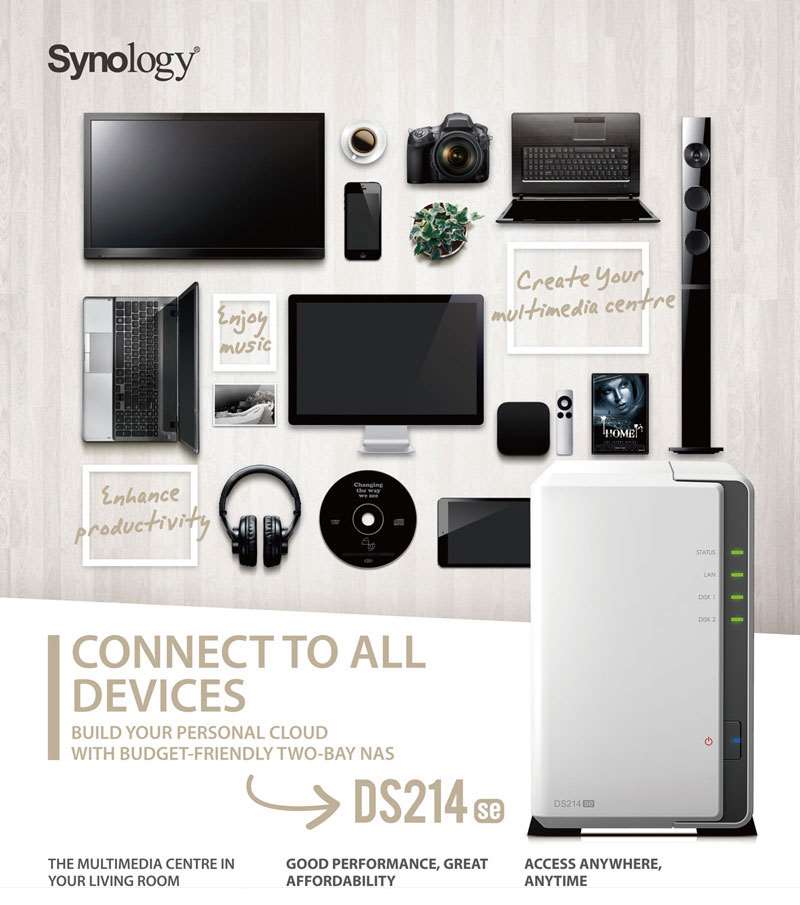Social Media Marketing and Social Networking ARE different and how you approach them are going to determine your success or failure.
When I started talking about the new marketing tools like Twitter, Facebook and LinkedIn a while ago, everyone was calling it Social Networking. Just recently I have noticed a shift to Social Media and could not understand the change. After much research into semantics, I think I have the answer, at least enough for me to sleep at night!
Social Media Marketing
Social media marketing is deliberately promoting a product or service that your company or business sells. It is a sales platform much like using the yellow pages or having an ecommerce website.
Some of the ways to use social media marketing:
- Twitter – having keyword targeted twitter accounts which are geared towards gaining followers who are interested in your product or service and may want to buy from you.
- Facebook Fan Pages – having a company focused page that is somewhat salesy, while still providing great information and value to your Fans.
- You Tube Videos – designed to “feed” your blog or website with targeted content that could lead to a sale.
This is definitely my area! While I am not an ABC kind of gal (always be closing), I am definitely focused on my business and driving traffic to my web properties and sales.
Social Networking
Social networking is more like “real world” networking. You gather a group of people with like interests and talk among yourselves for the good of the common whole. Sales and marketing are generally done offline or via private message and are not telegraphed as your goal for connecting.
Some of the ways to use social networking:
- LinkedIn – LinkedIn is ALL about social networking rather than social media! It is about making connections with people and getting opportunities by asking a friend of a friend to introduce you to someone of influence.
- Twitter Personal – This kind of twitter account is more friendly and tells more about you as a person, sort of chronicling your daily life and interests. Not to say that you can never sell on this kind of account BUT you are going to be WAY less salesy.
- Facebook Profile – Facebook says that there is one human, one profile. You should not have multiple profiles for yourself as I can assure people will inevitably find the wrong one to friend…:) Your profile is a way for people to talk with you about what you are doing. You can still talk about your work BUT hard-core sales info will fall flat here. Make sure to put some personality in there!
While I like Facebook and talk with my friends, sharing pictures and a bit about my life, Social Networking is SO not for me. I think this is why LinkedIn seems so difficult for me since I AM interested in people’s companies and what they are doing work wise and the setup is to slide into that sideways rather than asking outright.









